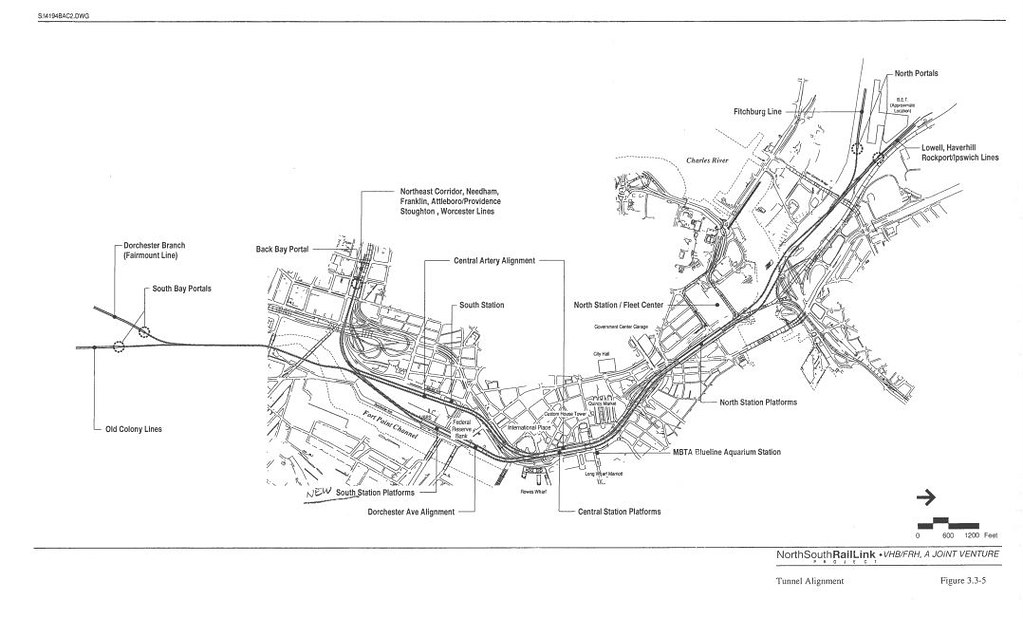Re: battery EMU
A pair of ACS-64 locomotives with 8 Amfleet cars is probably going to only have about 1/3 of the total weight of the train on powered axles. Is there any reason to think that that isn't sufficient evidence that battery EMUs with one powered axle per truck should work fine on a 3% grade?
I've since learned that planners were not even planning that FRA compliant (heavyweight) ACS-Amfleet-ACS trains would run through. I think we can assume that planners picture only Acela-spec (or really Acela II-spec) trains running in the NSRL
Upthread I posted that planners assumed that only 1/3 of Amtrak's trains would actually use the NSRL, which I take to be the lightweight, double-engined Acela IIs that the FRA has since made possible and that Amtrak finally ordered. Acela IIs (working title
Avelia Liberty till Amtrak choses its service brand).
Any number between 1/3 and 2/3 seems a reasonable guess for how many Amtrak trains will be able to make the grade. 2/3 would be in some future where Amtrak was running hourly Acela IIIs and alternating Acela IIs operating as Northeast Regionals (but starting from Woburn) and then, say, diesel hauled Amfleets operating on the Inland Route (South Station Surface-Worcester-Springfield-Hartford-New Haven)
And you never quite get to the point where an Amfleet-anything consist runs in the NSRL. The (Amfleet-Diesel) Downeaster terminates at NS, but those going electric get transfer to Acela II at Woburn. The (Amfleet-Diesel) Inland Route see their passengers transferring to the Acela IIs at either New Haven or South Station.
I was thinking of having a train where every single car is a battery EMU that would have at least one powered axle per truck, and could certainly have both axles in every truck powered if that is needed.
From a risk management standpoint, it does not make sense to build the tunnel assuming that somebody else will cook up a sole-source, custom-built vehicle required to make it work. A
FRA-compliant light rail DMU or EMU vehicle was also thought to be the cure for a bunch of "we can make the infrastructure work if we have this new kind of vehicle", but mostly that assumed accepting the vehicle-tech risk in order to use cheap existing surface freight lines. These special-purpose vehicles don't seem to have been worth the wait or risk, and I don't see designing the NSRL around as-yet-unproven tech.
I will admit that if the NSRL gets delayed long enough a new kind of vehicle may come into operation that would save us a boatload on branch electrification. In some sense, the longer we wait, the more likely the NSRL becomes, either because demand will be obvious or because tech will have solved the tunnel-boring-machine costs or solved the branch electrification/grades problem.
Building the NSRL for a vehicle technology that's still "on the come" would be unprecedentedly risky. Either the vehicle tech arrives before the engineering is done or the engineering will have to assume that EMUs and Acelas will be the only trains making the grades.


